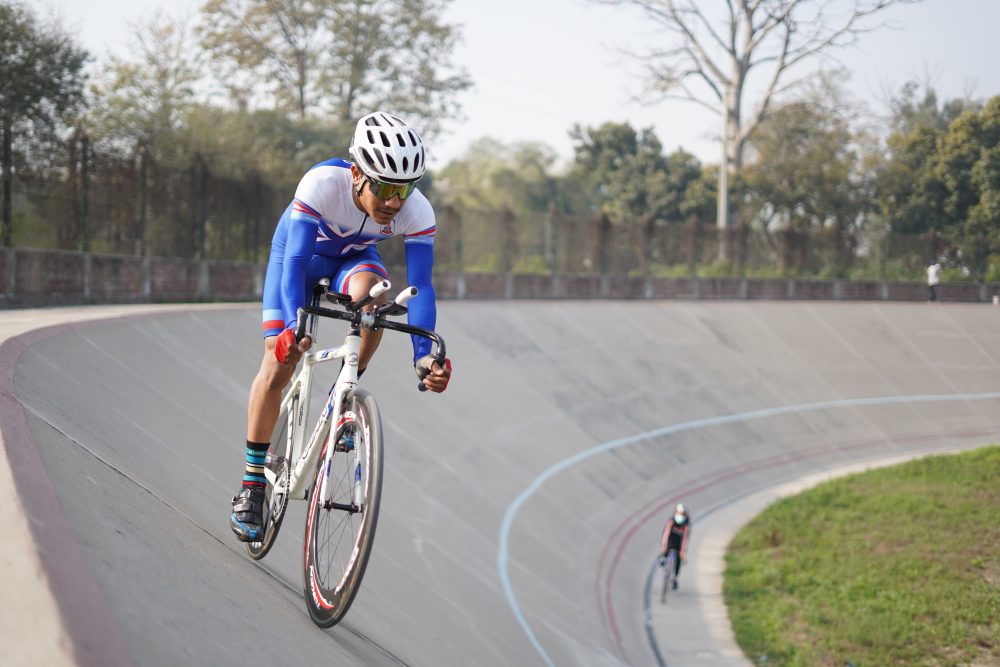How big is a velodrome track?
Introduction
A velodrome track, used primarily for track cycling, is an enclosed oval-shaped circuit where cyclists compete in various events. These tracks vary in size depending on their specifications and the level of competition they are designed for. In this article, we will explore the dimensions of velodrome tracks, including their length, width, and banking angles.
Length of a Velodrome Track
The length of a velodrome track can vary, but the standard distance is 250 meters for international competitions. This length allows for exciting and fast-paced racing while ensuring fairness among competitors. However, it’s worth noting that some older velodromes may have different lengths due to historical reasons or limitations in available space.
Width of a Velodrome Track
The width of a velodrome track is typically regulated to provide a safe racing environment and accommodate multiple riders. For international competitions, the minimum width allowed is seven meters. This width allows for overtaking and strategic moves during races while minimizing the risk of collisions between cyclists.
Banking Angles on a Velodrome Track
One of the most distinctive features of a velodrome track is its banking, also known as the track’s incline or gradient. The banking angles define the steepness of the track’s curves, enabling cyclists to maintain high speeds while making turns. The higher the banking angle, the faster riders can navigate the curve without losing momentum.
Banking angles on velodrome tracks can range from as low as 10 degrees to as much as 45 degrees. The choice of banking angle depends on several factors, including the track’s design, desired speed, and competition level. Generally, tracks used for international competitions tend to have higher banking angles, enabling riders to reach remarkable speeds and execute tight turns with precision.
Advantages of Different Banking Angles
The choice of banking angle plays a significant role in the dynamics of track cycling. Let’s explore the advantages of different banking angles:
Lower Banking Angles (around 10-15 degrees): Tracks with lower banking angles often favor endurance racing, where cyclists aim to maintain a consistent pace over longer distances. These tracks allow riders to conserve energy as they can take turns at slower speeds, which is beneficial for events such as individual pursuit or longer endurance races.
Moderate Banking Angles (around 25-30 degrees): Velodrome tracks with moderate banking angles strike a balance between speed and endurance. They are suitable for a wide range of events, including sprint races, Madison, and team pursuits, providing a good platform for both speed and strategic elements.
Higher Banking Angles (above 40 degrees): Tracks with higher banking angles create an exhilarating experience, allowing riders to reach exceptional speeds and execute sharp turns with minimal loss of momentum. These tracks are commonly used for professional and Olympic-level competitions, where athletes push the boundaries of their capabilities.
Velodrome Track Measurements in the UK
In the United Kingdom, there are several notable velodromes, each with its unique characteristics. Let’s take a look at a few examples:
| Venue | Length | Banking Angle |
|---|---|---|
| Lee Valley VeloPark, London | 250 meters | 42 degrees |
| Glasgow Velodrome, Glasgow | 250 meters | 45 degrees |
| Manchester Velodrome, Manchester | 250 meters | 42 degrees |
In Conclusion
Velodrome tracks come in various sizes, with the standard length being 250 meters for international competitions. The width is regulated to ensure safe and fair racing, typically set at a minimum of seven meters. Banking angles on velodromes vary from lower angles for endurance races to higher angles for professional competitions, allowing cyclists to maintain high speeds while navigating sharp turns. In the UK, prominent velodromes such as Lee Valley VeloPark, Glasgow Velodrome, and Manchester Velodrome adhere to these standards and provide remarkable facilities for track cycling.



